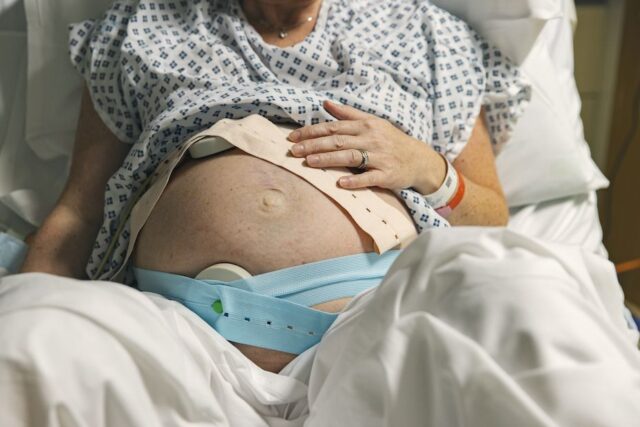The prenatal development stage is a significant one for both mother and baby. By the 8th week of pregnancy, the embryonic period leads into the fetal period. The fetus starts to develop more defining features and the main organs continue to form.
As the baby continues to grow and nears birth at around 40 weeks, opportunities to carry out prenatal screening become available. These tests can be non-invasive or invasive depending on what is being tested for. Many parents prefer to keep the prenatal and birthing process as natural as possible. Below we explore what this means and highlight the benefits for mother and baby.
What is non-invasive prenatal screening and what are the benefits?
Prenatal screening aims to identify any potential health complications for the mother or fetus during the pregnancy.The results can give parents more options around further testing and treatment.
Non-invasive testing is usually done with ultrasound scans and blood tests, which carry little to no risk for mother and baby. These can identify conditions such as spina bifida, sickle cell anaemia and hepatitis B.
A combination of non-invasive methods can also indicate whether a baby may have Down’s syndrome or other genetic conditions. This can’t be confirmed without diagnostic testing, which is more risky and invasive.
Diagnostic testing, including amniocentesis and chorionic villus sampling (CSV), is invasive because cells from the placenta are extracted and analysed. This can increase the risk of a miscarriage and preterm birth. Some parents prefer to avoid any testing during the pregnancy.
What is a natural birth and what are the benefits?
A natural birth is one where the baby is delivered through the vagina without medical intervention or pain relief. This is in contrast to deliveries using c-section techniques or epidural administration.
Mothers that opt for a natural birth often find it a more wholesome and rewarding experience. The ability to move around and change positions may help to ease the process of labour. Recovery times can be faster where no intervention or medical assistance has been required, hopefully helping mother and baby to full health as soon as possible.
Natural births should be less risky, but complications can arise at any point during labour, whether it’s a natural or assisted birth. For example, asphyxia occurs when the baby doesn’t get enough oxygen to the brain before, during or after birth – potentially leading to brain damage and conditions such as cerebral palsy.
If a baby suffers life-changing injuries from the negligence of medical staff, parents are within their rights to file a brain injury claim against the healthcare organisation. This can result in compensation which can help to boost their quality of life as they grow older.
It’s ultimately the choice of the mother if they want screening to take place and the type of birth they want to experience. Whatever is best for the mother and baby should be prioritised.




